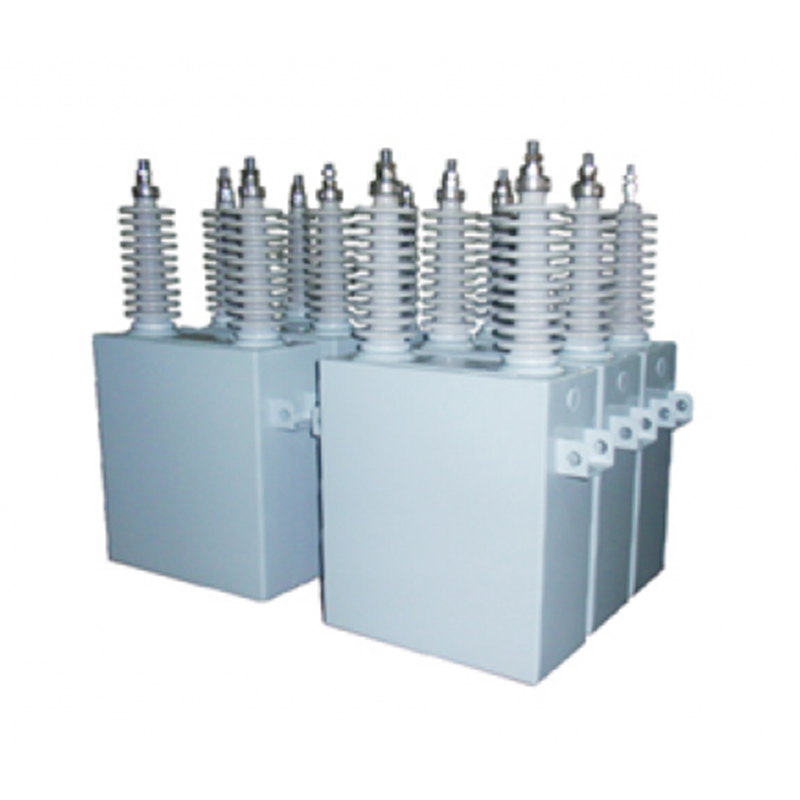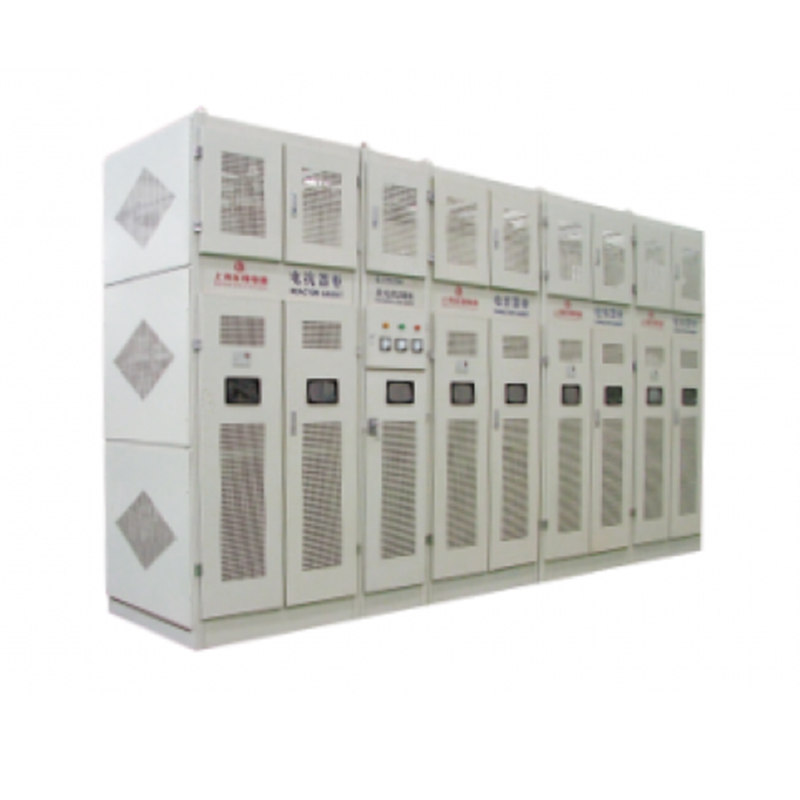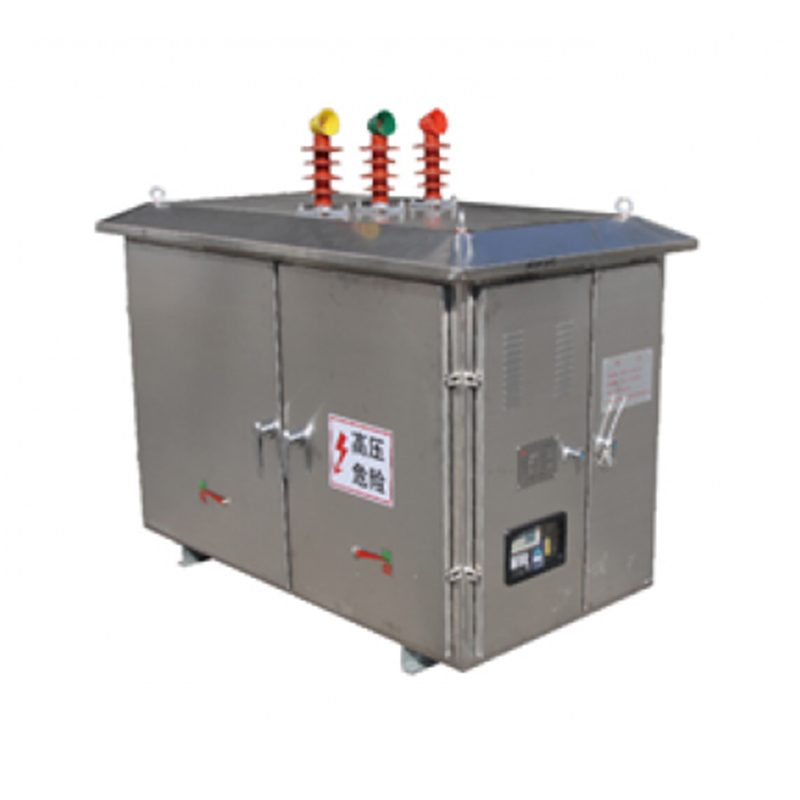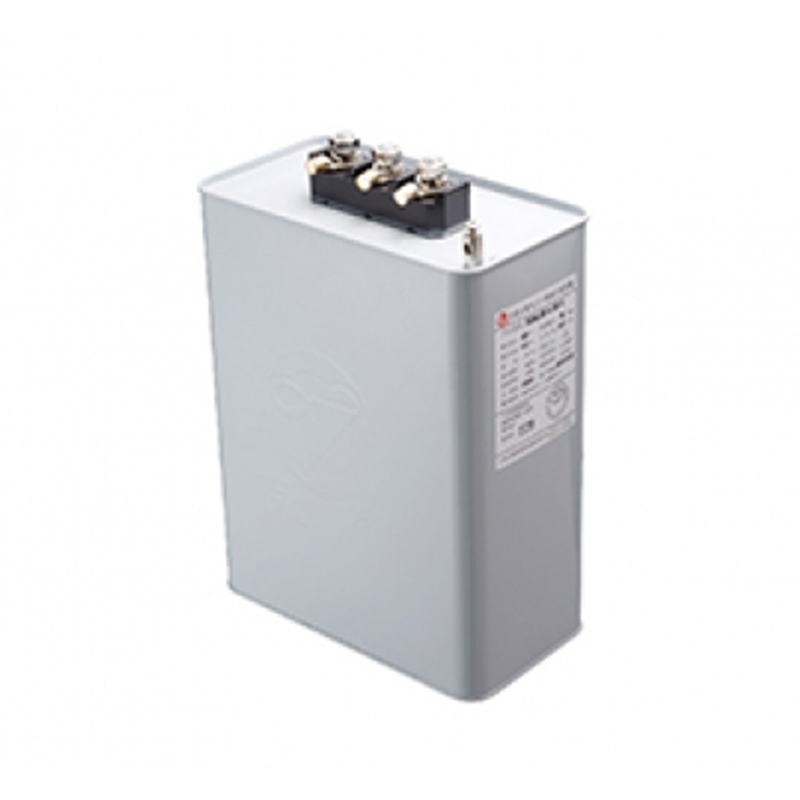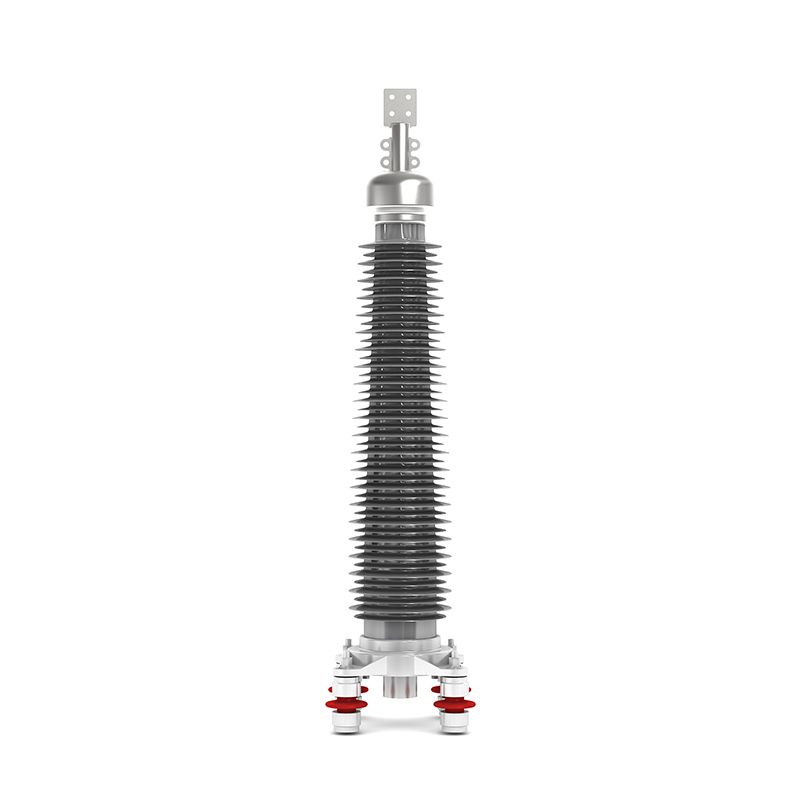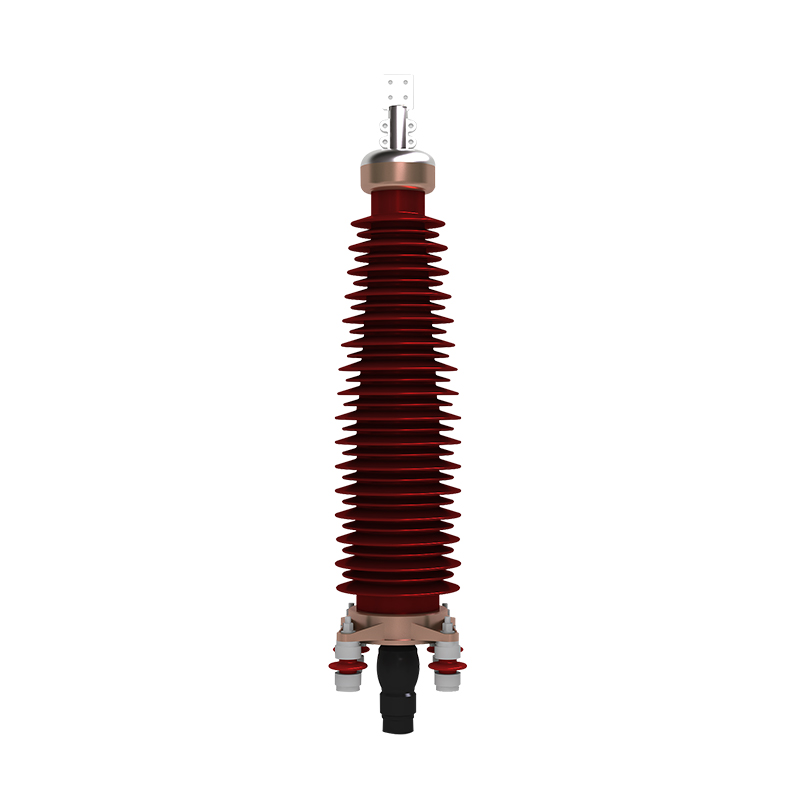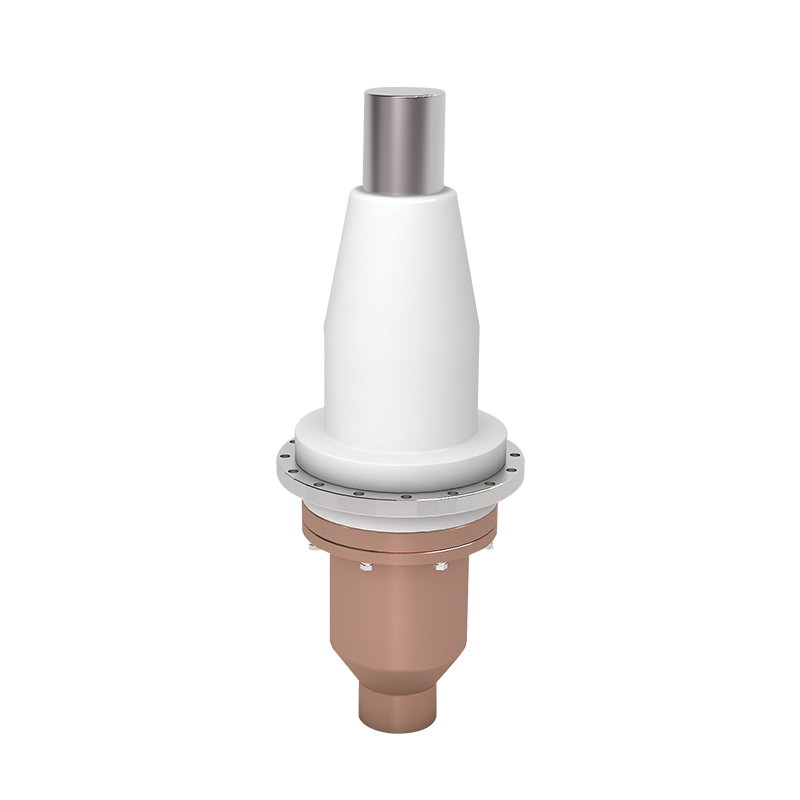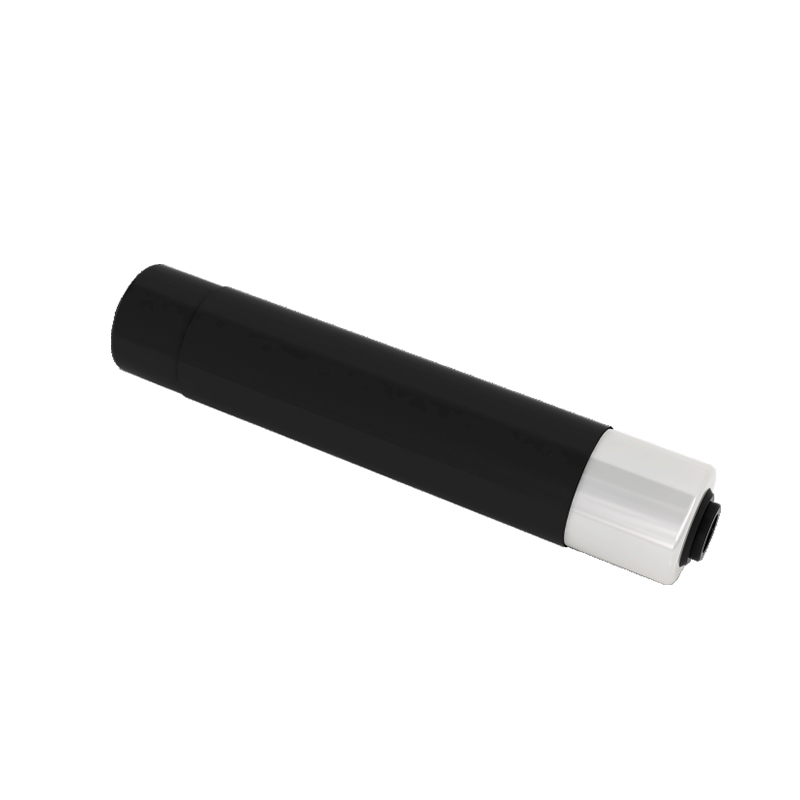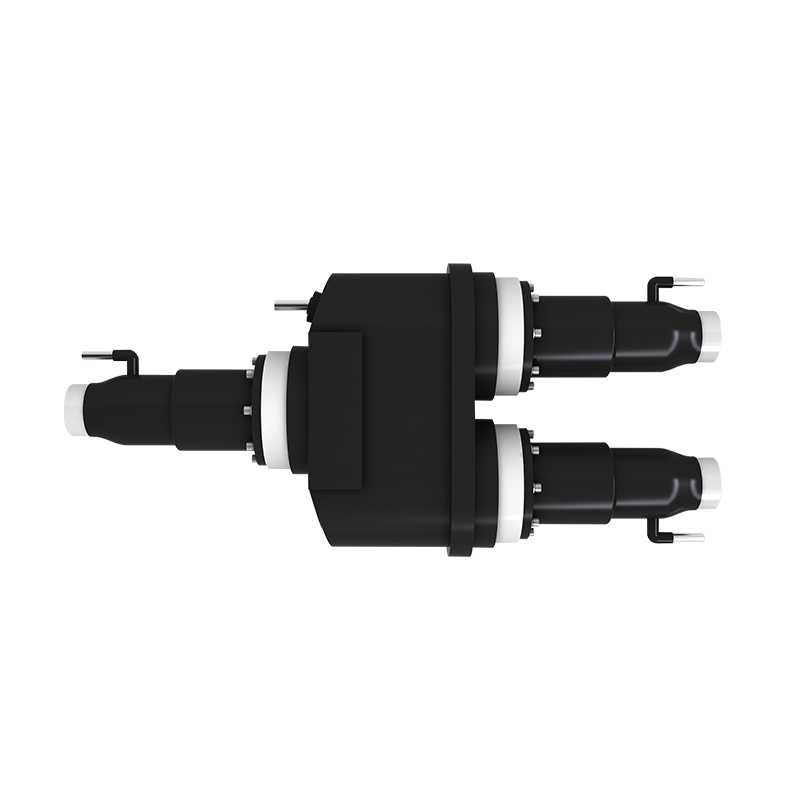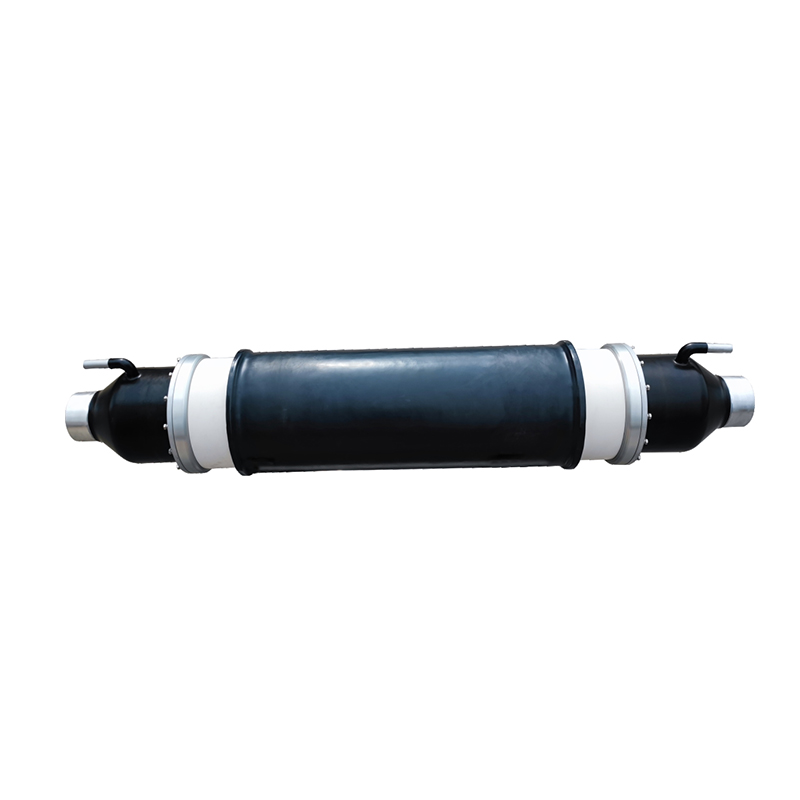Structural Design of High Voltage Capacitor Units to Ensure Effective Heat Dissipation and Operational
The Importance of Heat Dissipation in High-Voltage Capacitors
High Voltage Capacitor Units operate under significant electrical stress, generating heat during charging and discharging cycles. Excessive heat buildup can degrade dielectric materials, reduce capacitance, and ultimately shorten the capacitor’s operational life. Effective thermal management through structural design is therefore critical to maintain performance, reliability, and safety. Manufacturers employ a range of engineering strategies to enhance heat dissipation and prevent overheating in these components.
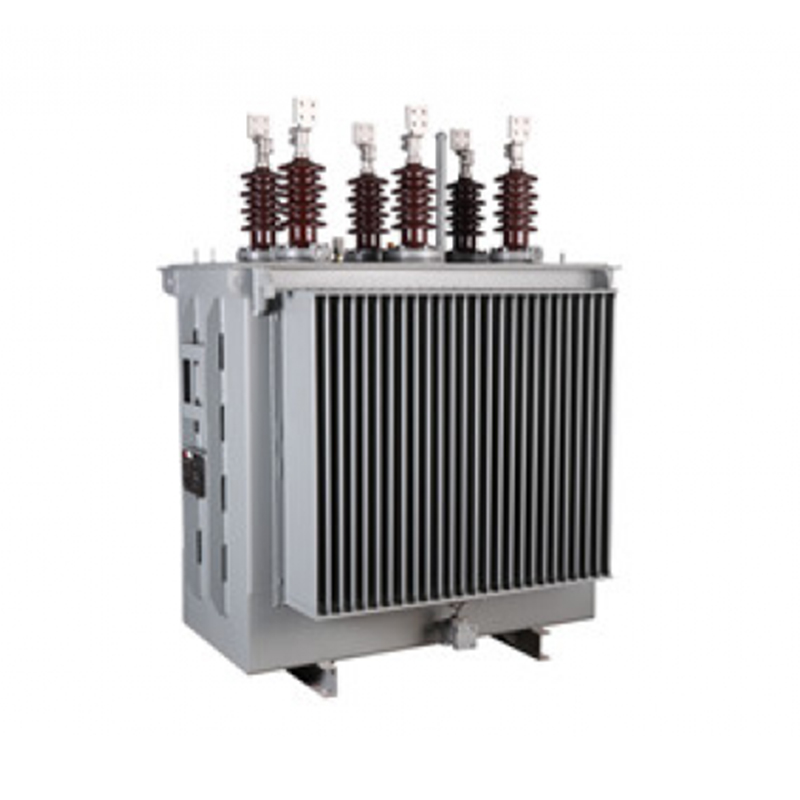
Material Selection and Thermal Conductivity
One of the primary factors influencing heat dissipation is the choice of materials used in the capacitor’s construction. High Voltage Capacitor Units often use materials with high thermal conductivity for the casing and internal components, such as aluminum or copper alloys. These materials help transfer heat away from the core dielectric elements toward the external environment more efficiently. In addition, insulating materials with good thermal stability are selected to withstand elevated temperatures without breaking down.
Optimized Casing Design for Improved Cooling
The external casing of a High Voltage Capacitor Unit is designed not only to protect the internals but also to facilitate heat release. Many capacitors feature ribbed or finned surfaces to increase surface area, promoting better convection cooling. Some designs incorporate venting holes or slots strategically placed to allow airflow through or around the unit. This passive cooling approach relies on natural air circulation or forced air systems in the application environment to remove heat effectively.
Internal Structure and Component Arrangement
Inside the capacitor, the arrangement of foils, dielectric layers, and electrodes impacts thermal distribution. Manufacturers optimize these internal layers to reduce hotspots and ensure uniform temperature distribution. The winding or stacking patterns are designed to promote efficient heat transfer from the active elements to the casing. Additionally, some capacitor units include internal thermal interfaces or fillers that improve conduction between components, further enhancing heat dissipation.
Use of Thermal Management Accessories
Beyond inherent structural design, High Voltage Capacitor Units can be paired with additional thermal management solutions. Heat sinks, cooling plates, or thermal pads are sometimes integrated or attached externally to facilitate faster heat removal. In high-power applications, capacitors may be installed in enclosures with forced air or liquid cooling systems. These external solutions complement the capacitor’s design, enabling it to operate safely under higher loads and continuous cycling.
Impact on Reliability and Performance
Effective heat dissipation achieved through thoughtful structural design directly influences the reliability and longevity of High Voltage Capacitor Units. By maintaining lower operating temperatures, dielectric degradation slows, reducing the risk of failure and capacitance loss. Stable thermal conditions also improve the capacitor’s ability to handle transient voltage and current surges. Consequently, good thermal management translates to consistent performance, lower maintenance requirements, and better overall system stability.
Conclusion: Structural Design Is Key to Thermal Efficiency
The structural design of a High Voltage Capacitor Unit plays a vital role in its ability to dissipate heat and maintain operational stability. Material selection, casing configuration, internal component layout, and supplemental cooling measures work together to manage temperature effectively. By prioritizing thermal management in capacitor design, manufacturers ensure that these components meet the demanding requirements of high-voltage applications, delivering reliable and long-lasting service.
Recommended Products
The variety of models, to meet the development needs of various regions in the world.
-
Add: No. 508, Dongye Road, Dongjing Town, Songjiang District, Shanghai
-
Tel: +86-13757652508
-
E-mail: [email protected]
 English
English 中文简体
中文简体 русский
русский Español
Español عربى
عربى